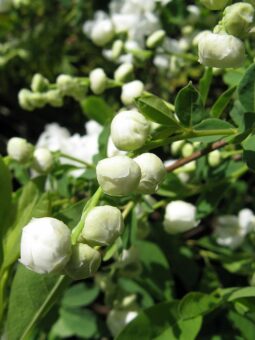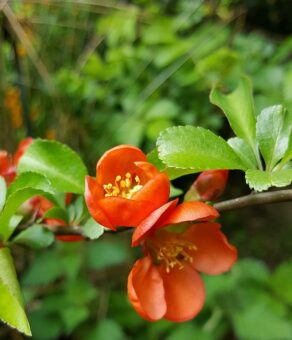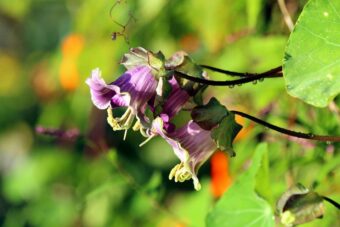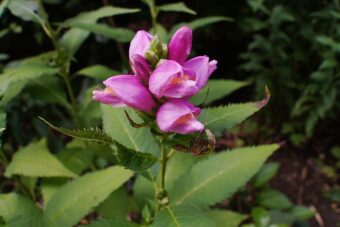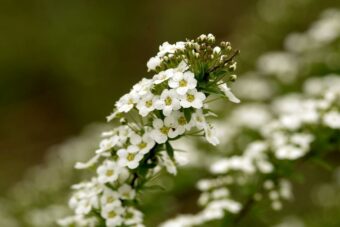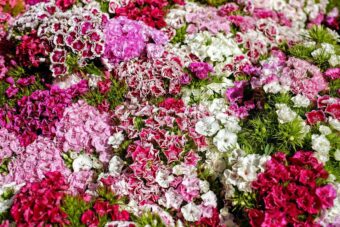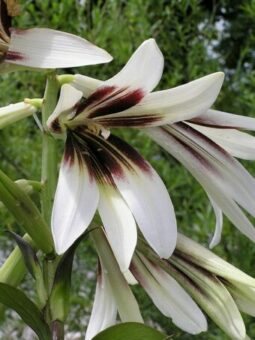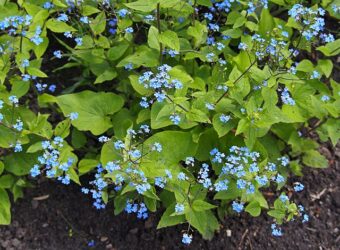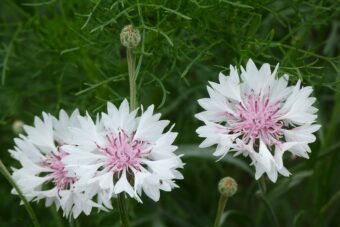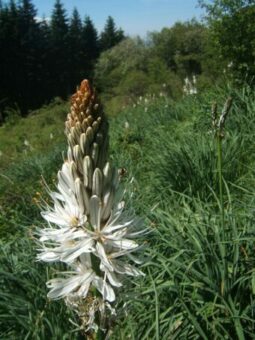In this article, we will discuss how to grow the wonderful, free-flowering shrub of Exochorda in containers. Exochordas are flowering shrubs in the Rosaceae (the Rose) family. Exochorda consists of 7 species and is natively found growing in China and Turkestan. It has been found that the species described are based on their appearance and where they grow, and have a common root from a single species. The single species that at one time was widely distributed throughout the world is known as Exochorda racemosa.
Exochordas are small to large, deciduous shrubs growing up to 4m high. The long leaves …

